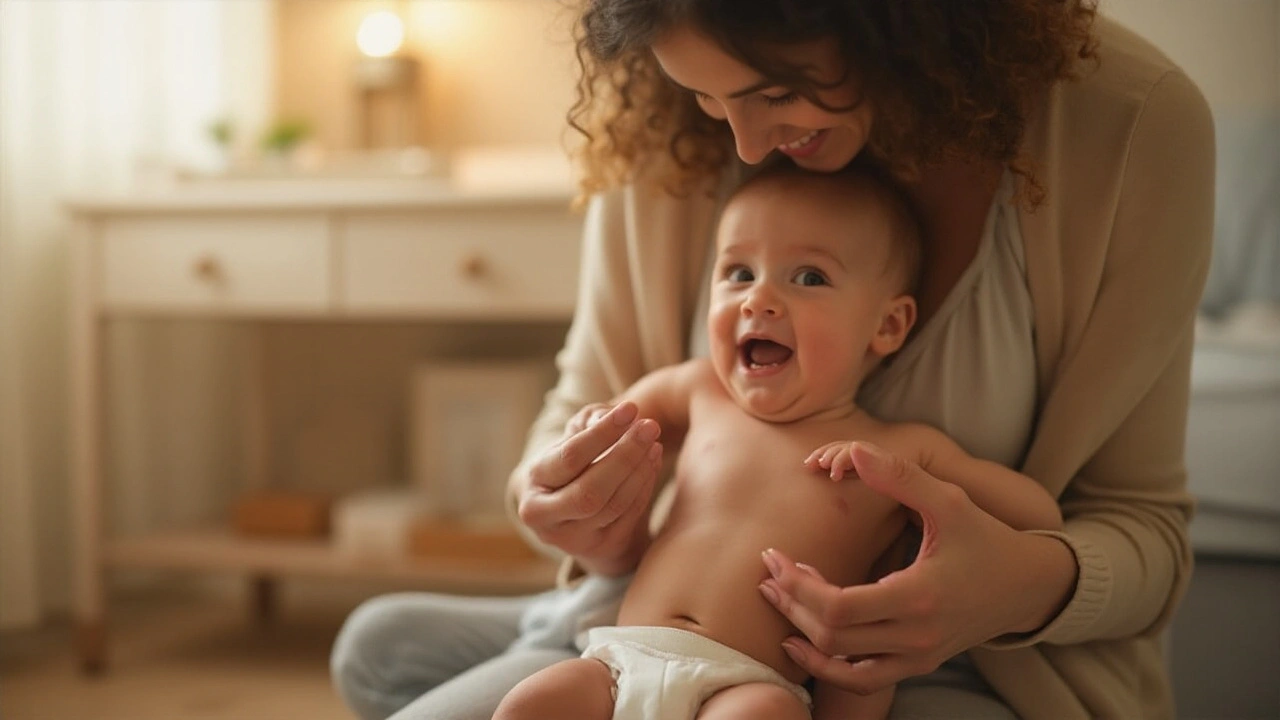Baby Infections: Simple Tips and What Parents Need to Know
Nothing rattles a parent faster than seeing their baby sick. Babies catch infections more easily than older kids because their immune systems are still learning the ropes. Knowing what to watch for and how to act makes a huge difference.
So, what should you look for? Babies with infections might have a fever, poor feeding, fussiness, or sleep less than usual. They could also have trouble breathing, vomiting, diarrhea, or a rash. Sometimes, all you get is a gut feeling that something isn’t right—don’t ignore that.
Some infections, like colds, are mild and clear up at home with extra cuddles and fluids. But some, like ear infections, pneumonia, or meningitis, can get serious fast. The difference often comes down to how quickly symptoms start and how sick your baby looks. If a baby younger than three months runs a fever, call your doctor even if there are no other signs.
Respiratory infections (like bronchiolitis) are common. Watch for wheezing or fast breathing—especially in the winter months. Ear infections sneak up in babies with stuffy noses or after a cold. If your baby tugs at their ear, cries more when lying down, or has trouble sleeping, it could be an ear infection.
Skin infections can show up as red bumps, areas that look swollen, or skin that oozes pus. Diaper rash gone wild or anything that spreads quickly deserves a call to your doctor. Babies can also get eye infections, which show as red eyes with sticky discharge that sticks eyelids together, especially after naps.
Wondering which infections are most likely? Think viral starters like colds, RSV, and flu, or bacterial troublemakers like strep or ear infections. Hand washing, cleaning toys, and keeping sick visitors at bay helps a ton, but even the most careful parents end up at the doctor sometimes.
When the doctor decides antibiotics are needed (mostly for bacterial infections), always finish the full course. Stopping early can lead to tougher bugs down the line that don’t respond so well. For viruses, supportive care is key—plenty of fluids, rest, soothing baths for fever, and lots of patience.
Learn the danger signs: breathing too fast or very slow, struggling to stay awake, lips turning blue, or a stiff neck with a rash that looks like purple spots. These aren’t the time to wait—get help immediately.
Being watchful and trusting your instincts help more than any fancy gadget or app. Reach out if you aren’t sure—no one expects parents to have all the answers about baby infections. Everyone’s just hoping for a healthy, happy little kid at the end of it all.
Using Clotrimazole for Babies’ Diaper Rash and Infections: A Parent's Guide
by Melissa Kopaczewski Aug 31 2024 10 MedicationsLearn about how Clotrimazole can help treat diaper rash and other common skin infections in babies. Understand the benefits, usage instructions, and potential side effects to ensure the health and comfort of your little one.
READ MORE
